#scottish archaeology
Explore tagged Tumblr posts
Text



#fettercairn#fettercairn jewel#fettercairn house#national museum of scotland#Aberdeen#Scotland#Edinburgh#archaeology#scottish archaeology#archaeogaming#scottish history#ancient history#scottish youtuber#Scottish#history#renaissance scotland#renaissance#renaissance jewellery#renaissance art#museumcore#dark academia#light academia
8 notes
·
View notes
Text
Cairns in Clusters: Chambered Cairns in Assynt
By Gordon Sleight Carrachan Dubh chambered cairn near Inchdnadamph Over the last twenty years I have thoroughly enjoyed tramping around Assynt, sometimes on my own and sometimes with groups of friends. That sense of enjoyment is often enhanced by surprises. It might be disturbing a mountain hare and seeing it race away at speed or watching an overhead confrontation between golden and…
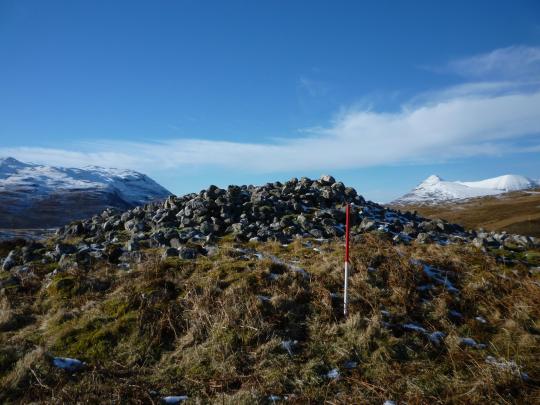
View On WordPress
#AOC Archaeology#Assynt archaeology#Audrey Henshall#Bad na Cleithe#Chambered cairn#historic assynt#John Barber#Loch Borralan East#Moine Schist#Orkney Cromarty type chambered cairn#portal stones#Scottish archaeology#Syenite
0 notes
Text


D-Shaped Buckle from Caputh, Scotland dated between the 11th and 12th Centuries on display at the Perth Museum in Perth, Scotland
Photographs taken by myself 2024
162 notes
·
View notes
Text








St Ninnian's Isle Treasure, discovered (1958) on St Ninnian's Isle, Shetland, Scotland
Period (8th-9th century AD)
207 notes
·
View notes
Text

Skara Brae is said to be the oldest Bronze Age settlement in Europe
#Skara Brae#Orkney Islands#Bronze Age#ancient settlement#Scottish islands#North Sea#archaeology#archipelago#UK#landscape#windswept#remote#Scotland#5000 BC
124 notes
·
View notes
Text







Standing stones at Machrie Moor on Arran
#scotland#photographers on tumblr#history#standing stones#original photographers#pixel#photography#landscape#hdr#archaeology#neolithic#bronze age#scottish#Hebrides
91 notes
·
View notes
Text
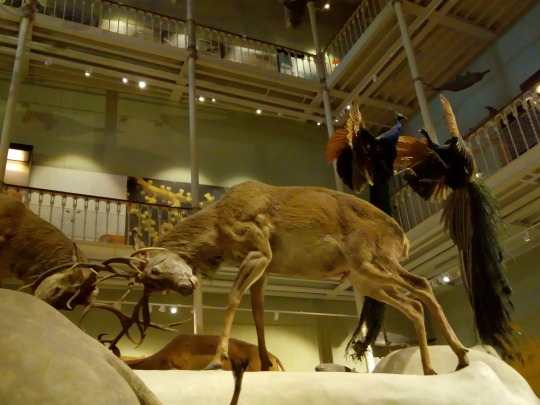
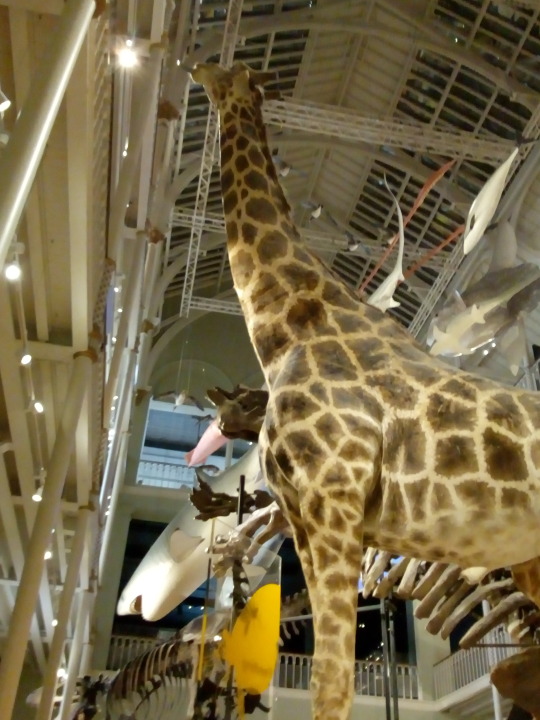
𝙀𝘿𝙄𝙉𝘽𝙐𝙍𝙂𝙃
#edinburgh#edinburgh museum#ancient history#architecture#archaeology#photography#photoshoot#aesthetics#history#art#scottish highlands#scottish#scotland#nature photography#nature#animals#giraffe#deer#classical art#aestethic#moodboard#photographer#photo
11 notes
·
View notes
Text
today i am thinking about the pictish beast


we know it was important to the picts because it shows up in so much of their stone art and metalwork….. but we know literally nothing else. what is it? a seahorse? a normal horse? a kelpie? the loch ness monster….? who is she and what did she mean to them??????
we know soooo little about the picts and the clues that survive seem to just make them more elusive

5 notes
·
View notes
Text
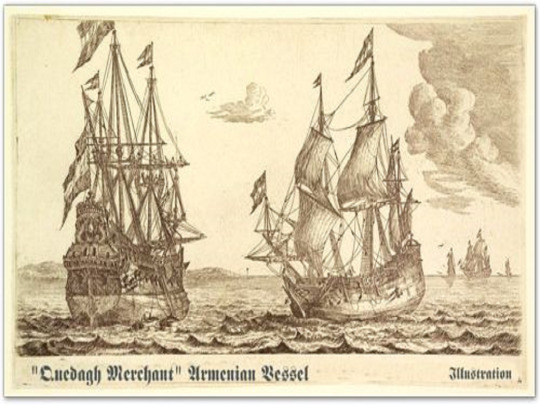
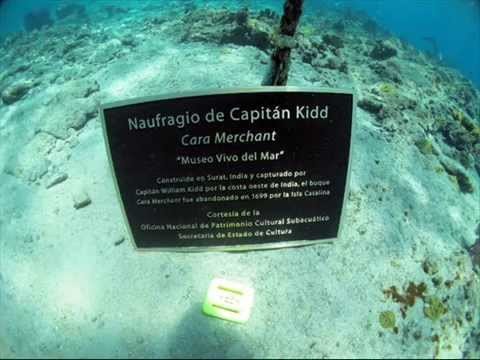
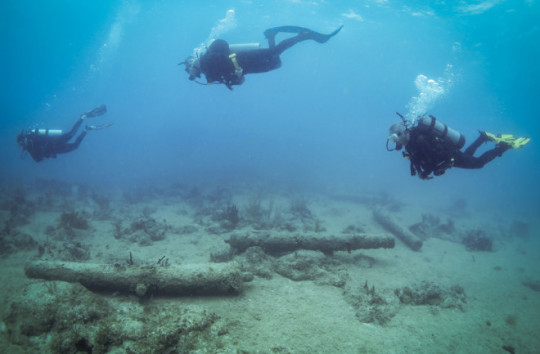
The Quedagh Merchant was Captain Kidd’s last big capture. This ship had been missing since 1699, with only a burned rope tied to a tree left behind. It had been a mystery for centuries what had happened to this vessel and if it had housed treasure on board that Kidd had claimed on his voyage. Kidd had only reported supplies, guns/cannons and a few goods on the ship, however people did not believe he told the truth since he was accused and wanted for piracy. In 2007, cannons were discovered 25 meters off the shore line of Isle de Catalina in the Dominican Republic by a snorkeler. The Dominican Republic’s Oficina Nacional de Patrimonio Cultural Subacuático (ONPCS) was contacted, who then contacted the Indiana University to have their archeology department come out and investigate the findings.
In 2008, the shipwreck was investigated and it was confirmed that this was the Quedagh Merchant’s wreck, thanks to cross referencing historical records, documents and data. One document they used was the written testimony from William Kidd himself, reporting a description of the Quedagh Merchant and its cargo:
“And that there is on board the same the Several Goods following first About one hundred and fifty bayles Seventy or eighty Tons of Sugar About ten Tons of Iron in short junks About fourteen or fifteen anchors Forty Tons of Salt Peter About Twenty Guns in the hold Thirty Guns mounted being the Guns lately belonging to the Adventure Galley There is no gold or silver on board that he knows of saith he The Ship is about four hundred tons in burthen built at Surrat by the Moors. All her seams are rabbeted.”
After surveying and identifying the contents at the shipwreck, it was confirmed that all of the non organic matter matched Kidd’s testimony. Having this evidence helps further argue Kidd’s honest intent with his return to the colonies. He did not want to hide or run, because he knew he had not committed any piracy.
You can read more about this shipwreck and its history in Captain Kidd’s Lost Ship: The Wreck of the Quedagh Merchant by Fredrick H. Hanselmann
#captain kidd#william kidd#kidd#pardon captain kidd#history#pirate history#american colony history#american history#scottish#captain#nautical history#nautical#pirate#privateer#pardon#go fund me#ship wreck#archeology#underwater archaeology#quedagh merchant#merchant ship
25 notes
·
View notes
Text
this class makes me want to off myself everyone is so quiet and polite where are the weird archaeologists who want to argue about everything
#what the hell am i doing here i don't belong here etc etc#in many ways i am the joker of scottish archaeology#fuck you lot (sits in the back reading my biography of marcus licinius crassus because these people failed to entertain me)
4 notes
·
View notes
Text
Starstruck by Mithras
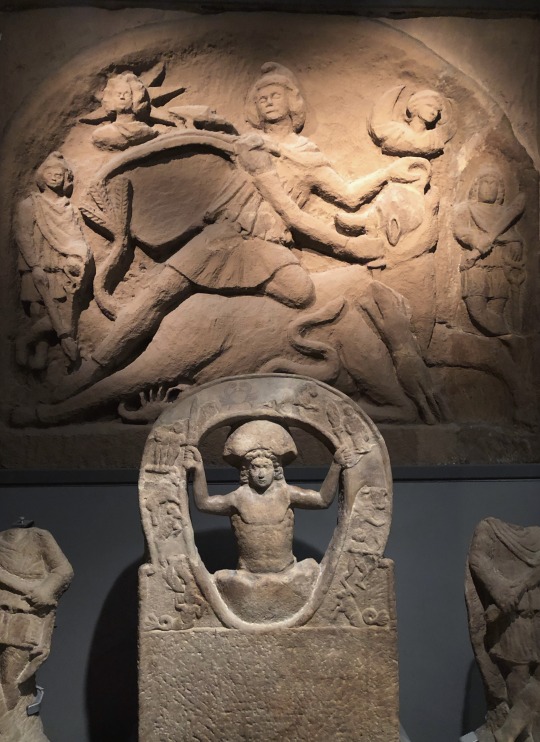
On my recent trip to Newcastle, I was overjoyed to see these beautiful images of Mithras in person, at the Great North Museum! Mithras and his cult were among my favourite topics to study at uni, so finally seeing the physical carvings - rather than photos - was brilliant! (I very nearly cried)
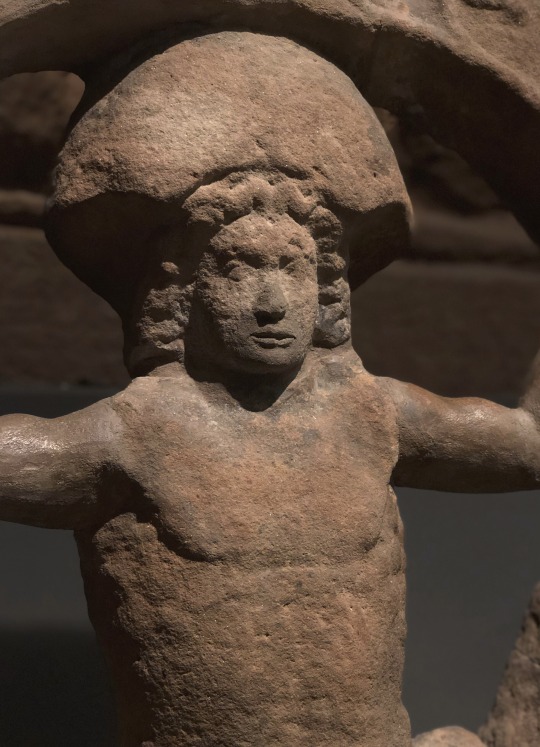

Both hail from Housesteads Roman Fort, along the line of Hadrian's Wall. Pictured above is the Birth of Mithras from an egg (or rock) into the cosmos - surrounded by the Zodiac symbols!
Not much is known about the inner workings of his cult, but he was worshipped across the Roman Empire - despite seeming to have further eastern origins!
Another fun fact - he shares his birthday with Jesus, and was perhaps the biggest rival cult to early Christianity!
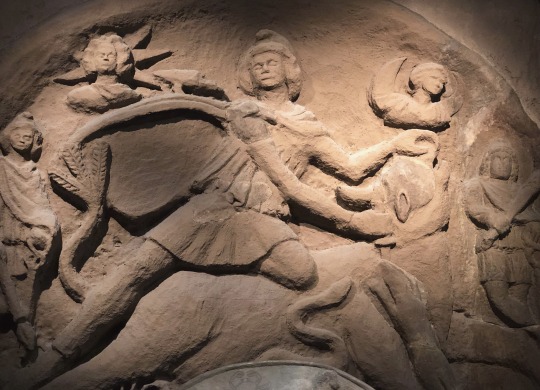
The Tauroctony scene is iconic Mithraic imagery (and was usually fully painted). This image would form the centrepiece to all his temples, which were usually constructed underground. However, it's symbolism is complex, layered and in all honesty, unknown to us.
But we have THEORIES! There is definitely some form of astronomical/cosmological significance, as he is always flanked by the sun and moon, with stars painted onto his cape. He always looks away from the bull, and is usually joined by a snake and or dog, who aid in the attack. Some believe that the image depicts Mithras slaying a primordial evil, others believe he served as a sort of star map.
There is still so much to uncover about the cult of Mithras. However, its nature as a mystery cult and limitation to initiated members means we're unlikely to never know the full truth about the God, his followers or his purpose :( x
#archaeolorhi#archaeology#ancient rome#scottish youtuber#ancient history#mysteria#mystery cult#ancient cult#mithras#mithras and the bull#tauroctony#archaeogaming#chaotic academia#scottish archaeology#scottish history#dark academia#hadrians wall#roman britain#roman empire#roman religion#roman military#newcastle#great north museum#museumcore#newcastle university#university of newcastle#roman inscription#roman votive#roman sculpture#ancient roman religion
16 notes
·
View notes
Text





I fuckin swear I had a picture of that chain somewhere in my library of 5000+ photos. I'm the meantime, have some similar silver chains/brooches/torcs from the same museum.
One of these days I should go through and post some of my travel pics


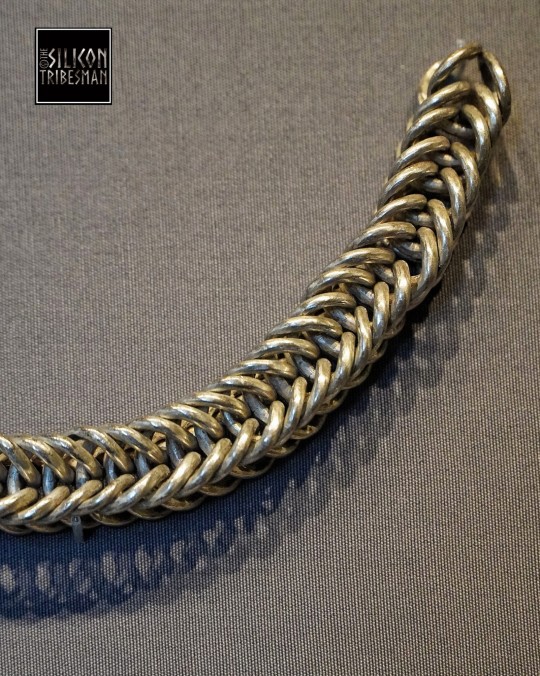
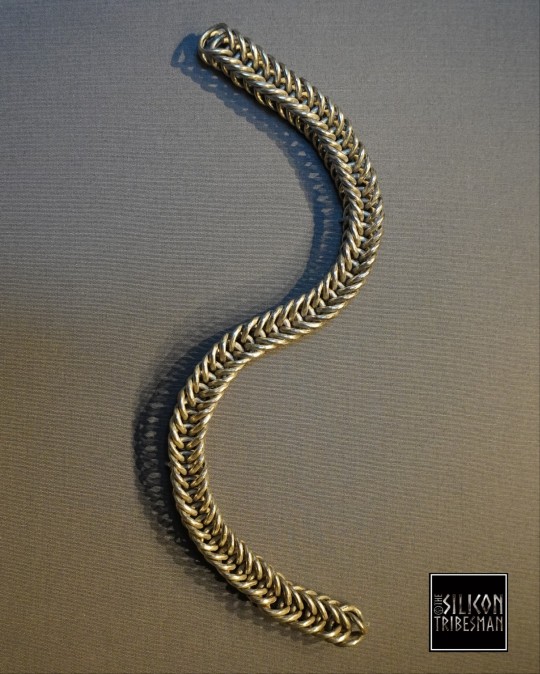
Silver Chain from The Gaulcross Hoard, 5th or 6th Century CE, The National Museum of Scotland, Edinburgh
#archaeology#celtic archaeology#archaeometallurgy#roman archaeology#scottish archaeology#museums#edinburgh#national museum#scottish history#my travel pics#screaming crying throwing up#swear i took a pic of that#the pitfalls of being a disorganized data hoarder
252 notes
·
View notes
Text
Highland Heritage Day 2023: A Way Forward?
by Susan Kruse Did you know that there are around 100 heritage organisations and over 50 museums in the Highlands – and a number of community trusts and individuals who have heritage projects on the go? Few of us know what others are doing, and we rarely have a chance to meet up. ARCH has over the years tried to find out contact details, in part due to work organising the Highland Archaeology…
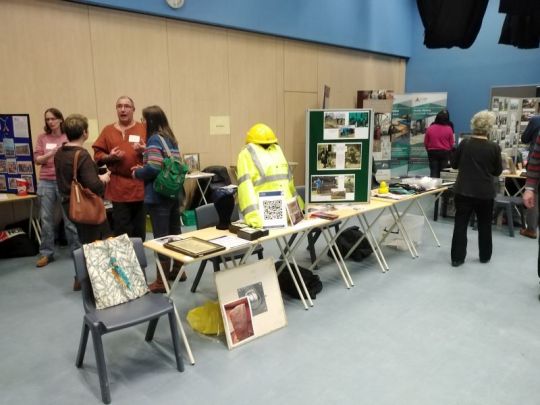
View On WordPress
#ARCH#Family Heritage Day#Highland Archaeology Festival#Highland Archaeology Services#Highland Council Historic Environment Team#Museums Heritage Highland#North of Scotland Archaeological Society#Scottish archaeology#Susan Kruse#Wardlaw Trust
0 notes
Text


Sword from Westness, Scotland dated between 800 - 1000 on display at the National Museum of Scotland in Edinburgh, Scotland
This sword was buried with someone in Westness in Orkney which during the early medieval period was the Earldom of Orkney, a dependent territary of the Kingdom of Norway. The Viking settlers there intermarried with the local Scottish people forming a Hiberno-Norse identity which can be seen even to this day in the Orcadia language.
In regards to the burials, they were a mix of Scandinavian, Scottish, Christian and Pagan styles. The Scandinavian burials are often in boat shaped graves and had weapons such as this sword alongside the deceased.
Photographs taken by myself 2024
#art#archaeology#military history#medieval#vikings#scotland#scottish#sword#national museum of scotland#edinburgh#barbucomedie
132 notes
·
View notes
Note
by rare disease, is it like, a prion one? Such as Kuru or whatnot, otherwise uh idk
🇫🇷 (jumpscare)
(oop jumpscare)
Yes! I will say I think it's almost exclusive to the Fore tribe of Papua New Guinea, as it was contracted via funeral cannibalism. I think they ate the brain of a person who had some sort of disease that developed into Kuru. I do believe it's been nearly eradicated as they no longer perform funeral cannibalism due to kuru and the last known case was between 2005-2009.
So they're probably not getting it from mummies BUT STILL THAT'S WEIRD TO EAT MUMMIES THE BRITISH DON'T EVEN HAVE AN EXCUSE
#mochi asks#🇫🇷 anon#professor mochi#also im not an expert on this so i could be wrong#this is more medical anthropology and i was more focused on sociocultural anthro/archaeology than the other tracks#this is based on what I could look up#also when i say british is usually mean the english actually the scottish and welsh are innocent in this (probably)#!cannibalism
4 notes
·
View notes
Link
The specifics of the rock’s creation are unknown. But the Telegraph reports that the stone “is rumored to have biblical connections” and may have been used in Scottish rulers’ coronations more than a century before its first recorded use, in 1057, when Lulach, stepson of Macbeth, was crowned king at Scone Abbey. (The Shakespeare character was based on a real ruler, but the early 17th-century play that bears Macbeth’s name has little in common with his actual life.) During these early coronations, the stone “was believed to roar with joy when it recognized the right monarch,” writes Steven Brocklehurst for BBC News.
#archaeology#british history#charles iii#england#history#macbeth#scone#stone of scone#stone of destiny#lulach#scotland#scottish
2 notes
·
View notes